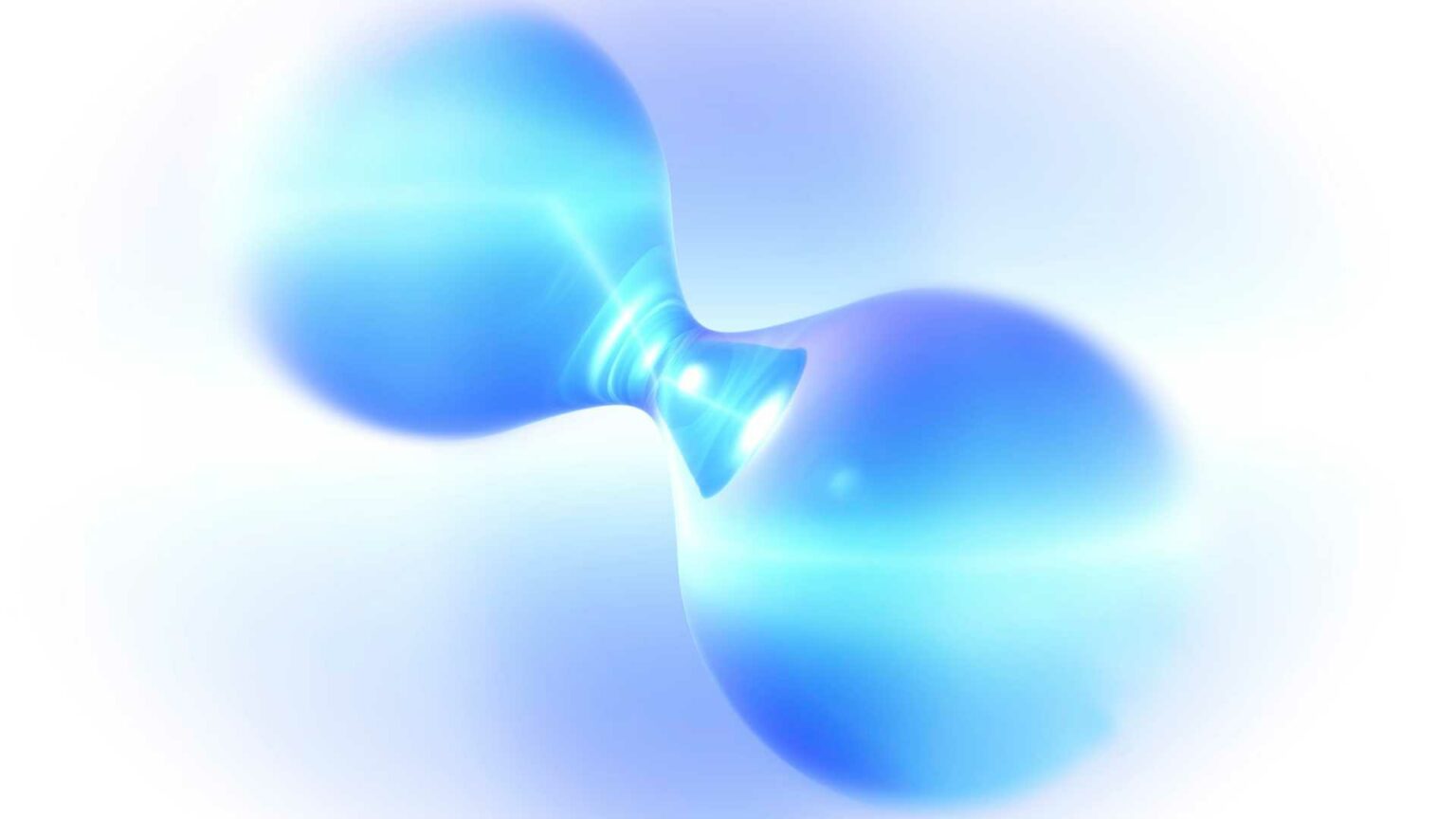Western electrolyser manufacturers may be on the brink of repeating the mistakes of their domestic solar industries, losing their early-mover advantage to Chinese competitors.
Andreas Lippert, vice-president and general manager for electrolysers at Cummins’ decarbonization unit, Accelera, raised these concerns at the World Hydrogen Summit in Rotterdam. Lippert warned that over-regulation in the EU and US is stifling the green hydrogen sector, giving China the upper hand in scaling up production and reducing costs.
Lippert highlighted that final investment decisions (FIDs) in the EU and US are being delayed due to complicated regulations. This undermines billions of dollars in subsidies intended to support domestic manufacturing. He cited the Inflation Reduction Act (IRA) and the hydrogen production tax credit (45V) as examples of well-intentioned but overly restrictive measures. Lippert argued that these regulations are preventing the green hydrogen sector from scaling up quickly enough to compete with Chinese manufacturers.
China’s approach to the green hydrogen market contrasts sharply with that of Western countries. Chinese producers benefit from fewer regulatory constraints, allowing them to scale up more rapidly. This scale creates a cycle of learning and market heft, enabling Chinese electrolyser makers to bring down costs more effectively. Lippert noted that China’s dominance in solar and battery technologies has followed a similar pattern, driven by large-scale production and continuous improvements.
Cummins has adapted to these challenges by operating in both Western and Chinese markets. The company has converted half of its diesel engine production lines at its US factory in Minnesota to produce electrolysers. Simultaneously, it operates a 500MW proton exchange membrane (PEM) electrolyser factory in Guangdong, China, in partnership with Sinopec. This dual strategy allows Cummins to leverage the scale advantages of the Chinese market while attempting to navigate the regulatory landscape in the West.
During the summit, panelists discussed the potential for a global oversupply of electrolysers, as predicted by BloombergNEF. Kasper Therkildsen, chief engineer of alkaline electrolysis at Chinese manufacturer Envision, seemed unconcerned, suggesting that much of the projected capacity is not yet fully operational. He pointed out that building factory buildings is relatively quick, but setting up and optimizing production lines takes more time.
Therkildsen also acknowledged potential supply-chain issues, particularly for sub-suppliers of components like catalysts and diaphragms. However, he downplayed the likelihood of a significant bottleneck in electrolyser manufacturing. Lippert added that supply-chain issues for PEM machines could be resolved through a steady stream of green hydrogen projects reaching FID. He emphasized that moving from discrete projects to a continuous project pipeline is crucial for unlocking supply-chain efficiencies and driving down costs.
